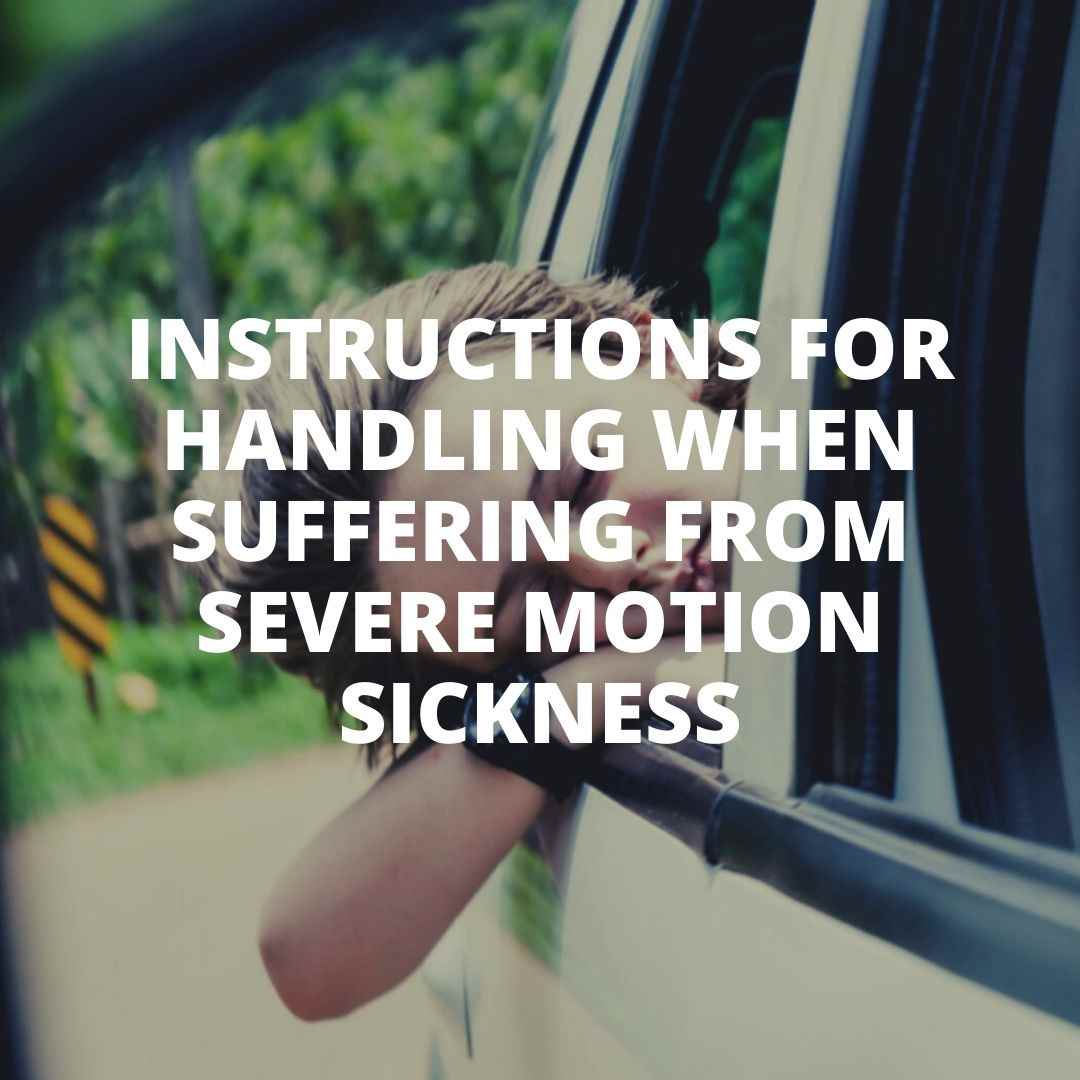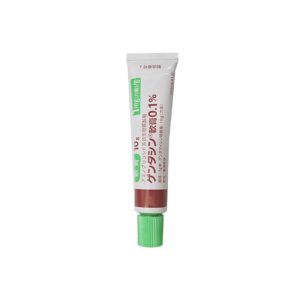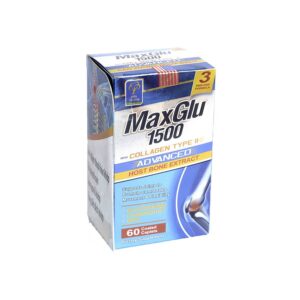Motion sickness is a phenomenon that many people experience to varying degrees, causing great inconvenience to travel. Here are ways to deal with severe motion sickness.

1. What causes motion sickness?
The brain can sense the movement of the body by the nervous system, including the inner ear, eyes and body tissues. When the body moves intentionally, such as when walking, the brain controls the actions by synthesizing information about the path being taken. However, the case of traveling by vehicle will be different. Motion sickness symptoms occur when the central nervous system receives conflicting signals from the sensory systems (including the inner ear, eyes, skin pressure receptors, and joint receptors). For example, if you are sitting on a boat or in a car (eyes do not look out the window), the inner ear will send signals that the body is moving (up, down, left, right), but the eyes only see the frame static scene inside the vehicle. Therefore, motion sickness is hypothesized to be caused by a conflict between the signals transmitted to the nervous system.
Any means of transport can cause motion sickness. The symptoms of motion sickness come on suddenly and range in severity from feeling uncomfortable to breaking out in a cold sweat, dizziness, and vomiting. Motion sickness usually subsides or goes away when the vehicle is no longer moving (although for some people motion sickness can last up to several days). The degree of motion sickness will decrease if the frequency of traveling by means of transport increases (the more vehicles you travel, the more you get used to, less motion sickness).

2. How to prevent motion sickness
To prevent or reduce the degree of motion sickness can be done in a few ways:
Choosing a seat on the vehicle:
Choosing a seating position on the vehicle is quite important, avoiding the seats at the back of the vehicle or facing the rear compared to the direction of the vehicle. You should choose sitting positions that give you the least amount of movement, such as:
– On the boat: choose a seat in the middle or at the front of the boat, close to the water level.
– On the plane: choose a seat in the middle of the plane, the best position is the seat in front of the front edge of the wing. When the plane takes off, adjust the airflow towards the face.
– On the train: choose a position to sit close to the front of the train, face forward compared to the direction of the train moving, and should sit next to the window.
– On passenger cars: choose a seat near the front of the car.
Eyes looking straight ahead, focusing on a stationary object (for example, looking at the horizon) or looking into the distance. Avoid reading books, newspapers or using electronic devices while on the go.
Other notes:
– Keep your head steady, avoid swaying, and lean back on the chair.
– Do not smoke, do not sit near smokers.
– Avoid strong odors, spicy foods, and alcoholic beverages.
– Use an over-the-counter antihistamine, such as those containing dimenhydrinate (safe for children over 2 years old) or meclizine, 30 to 60 minutes before departure. Undesirable effects are drowsiness, somnolence.
– Consider using scopolamine: available as patches. A few hours before departure, stick the patch behind your ear for up to 72 hours of effects. Consult your doctor before use if you have health problems, such as glaucoma or urinary retention.
– Try ginger: Biting into a slice of ginger, drinking ginger tea, eating ginger candies, or taking a supplement containing ginger can help prevent nausea in some people.
– Snack: eat a little salty cake, sip a little cold water, drink a little carbonated water without caffeine.












